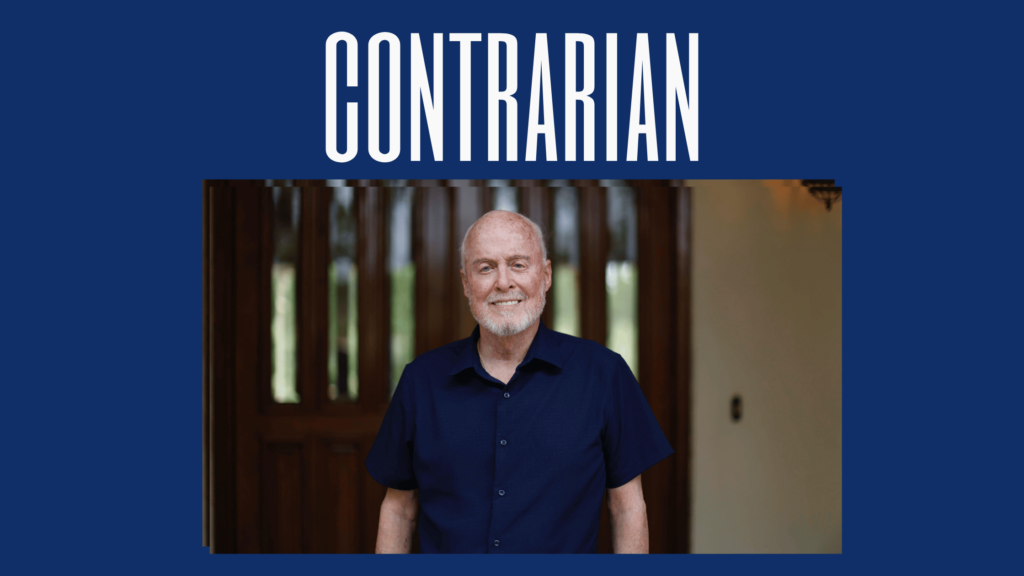I want to introduce you to a tool my co-author and I call The Contrarian’s Checklist for testing your entrepreneurial ideas. An essential part of entrepreneurship is vetting your big ideas. It’s too easy to fall in love with your idea and fail to see a fatal flaw. As I am mentoring entrepreneurs in business and others in my work with the Stephen Ministry, I walk them through a series of Socratic questions to help them discover their own answers. My questions use branching logic, so there is no set formula, but as Rhonda and I worked on this book, we pulled from actual sessions with entrepreneurs and compiled a checklist to simulate the process.
You can get The Contrarian’s Checklist free here or by filling out the form at the bottom of this page.
Why “contrarian?”
I include the word “contrarian” in the title of this checklist because I have been a contrarian throughout my entrepreneurship career. It is important to pick ideas that are new enough that you can lead the market or radically upset existing markets. I have built habits around asking these questions:
- Why are we doing it this way?
- Is there a better way?
- What am I missing?
Is The Contrarian’s Checklist just for new startups?
This decision-making framework is useful whether you are just starting or you have an existing business or project. Either way, it’s critical to stay focused on the big picture. Choose tasks and projects that will yield the most benefit.
Hence, it contains the questions I would ask about your venture if we could sit down together. That checklist comes from years of doing this with founders and other leaders.
The Contrarian’s Checklist will help with fundraising
Once you have sufficiently vetted your idea, you will shift from seeking counsel to an environment where you pitch your idea to others. For example, you might gain an audience with investors, customers, or employees. My approach is to first listen to as many objections as possible from friendly sources such as a mentor or a prospect where the outcome is inconsequential. I want to hear every question before I am on the spot. Likewise, when I’m the mentor, I grill the startup team so they can field the toughest questions from me first. This exercise gives them a chance to rehearse in a friendly setting. The Contrarian’s Checklist also simulates a session you might have with a potential investor, preparing you for questions they are likely to throw your way. I have a lot of experience with raising capital, beginning with my first startup (Caremark). Caremark received funding from the most prestigious venture capital firm in Silicon Valley at the time, Kleiner, Perkins, Caufield, and Byers. Since then, I have taken companies public, bought and sold them, and raised many rounds of capital. My goal here is to help you prepare.
The Contrarian’s Checklist will help you turn insecurity into preparedness
Preparation is one of the biggest ways to turn negative insecurity into an advantage. Feeling anxious about the unknown is not a bad thing, it’s what you do with it that can turn positive or or negative. You choose to reframe your concerns into creative insecurity. In other words, when you feel insecure, you use that as motivation to intensively prepare.

Related article: What is Creative Insecurity?
Categories of questions in The Contrarian’s Checklist
- Major in the majors
- Is it a product, or is it a business?
- Is your solution head-slappingly obvious?
- Is this idea different and new?
- Can you be first?
- Who is on the team?
- How committed are you?
- But are you marrying a mistake?
- Do you have the necessary resources?
- What is your go-to market strategy?
- What is your bell cow?
- What is your elevator pitch?
- What are people’s questions about your idea?
The checklist also includes a section on conducting a “premortem,” a valuable exercise to imagine why a business or project might fail. You can then mitigate pitfalls.

